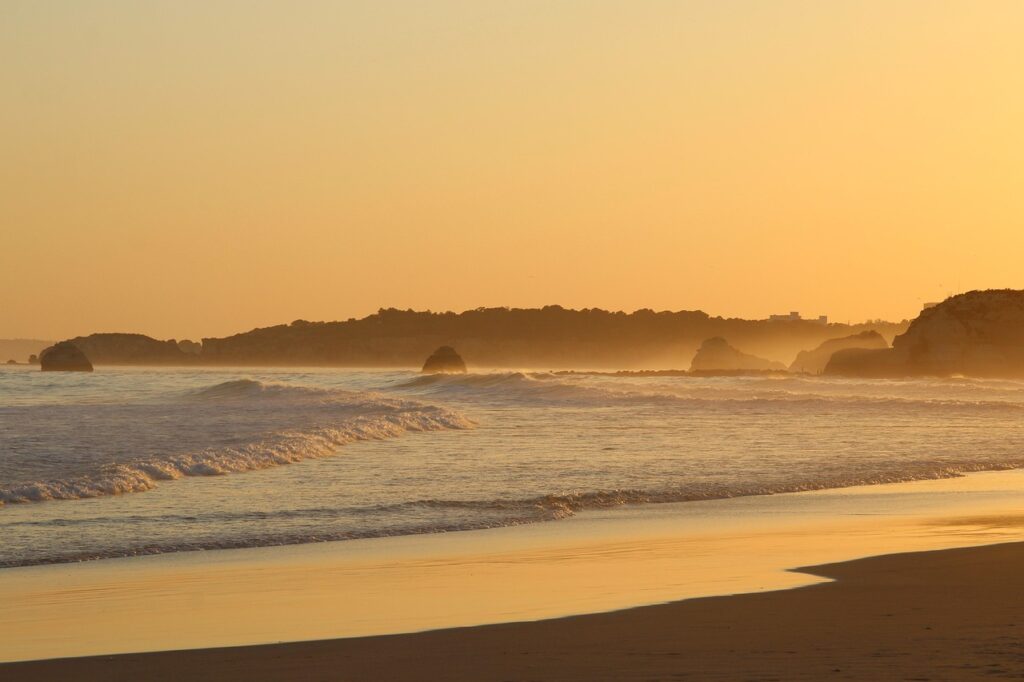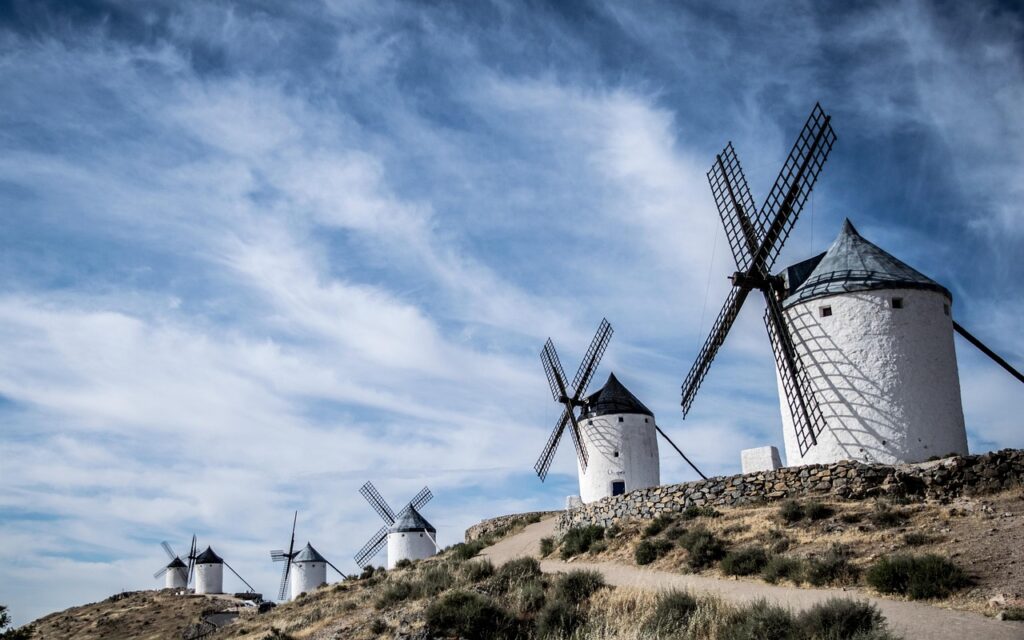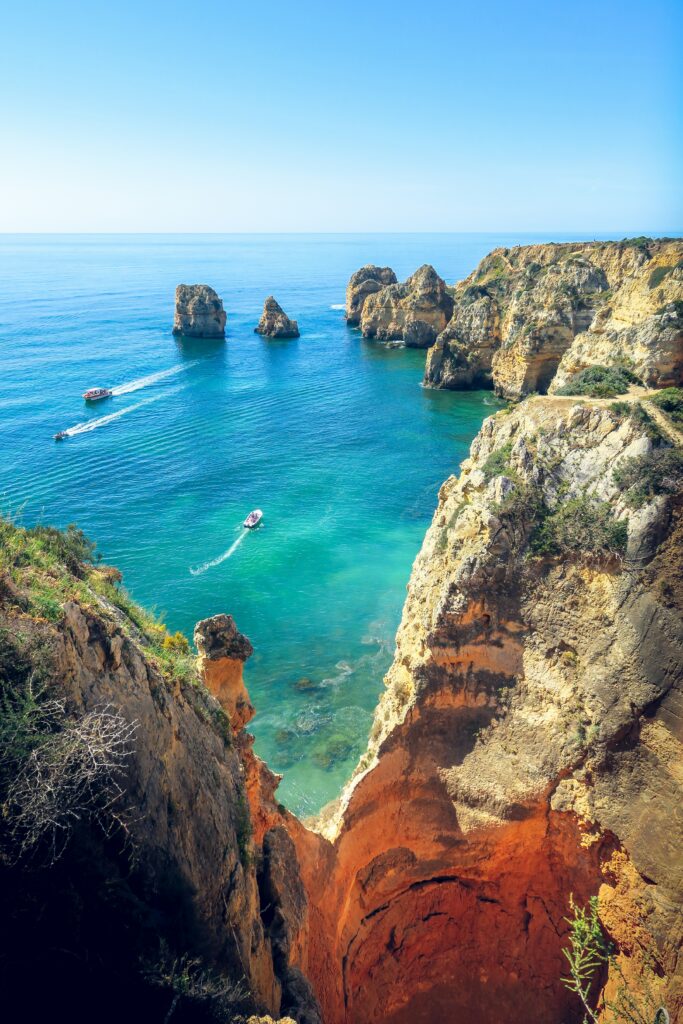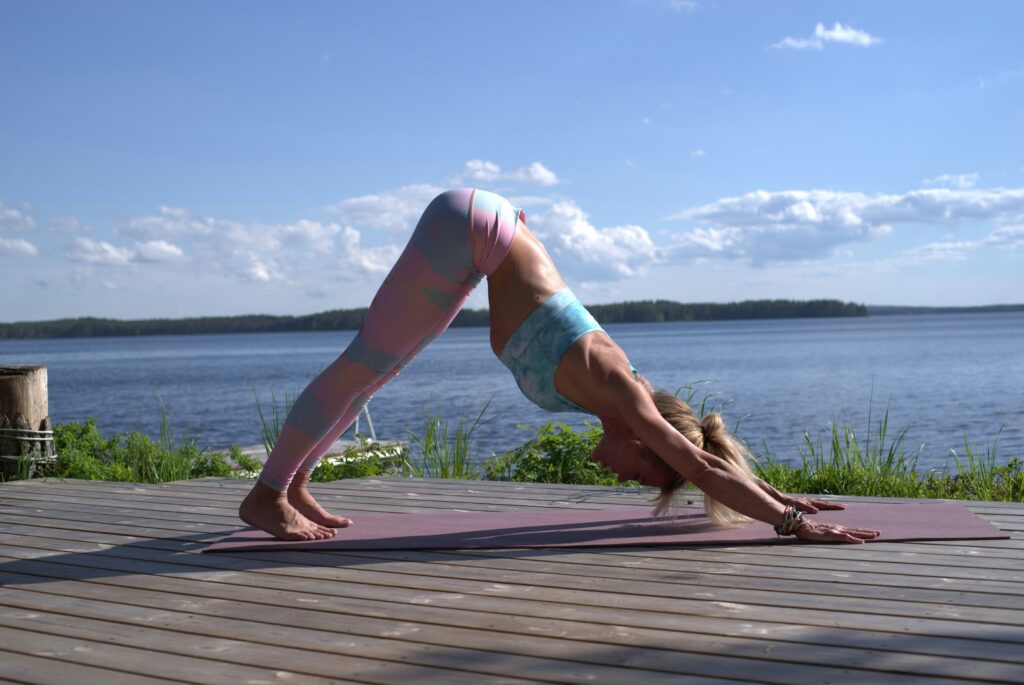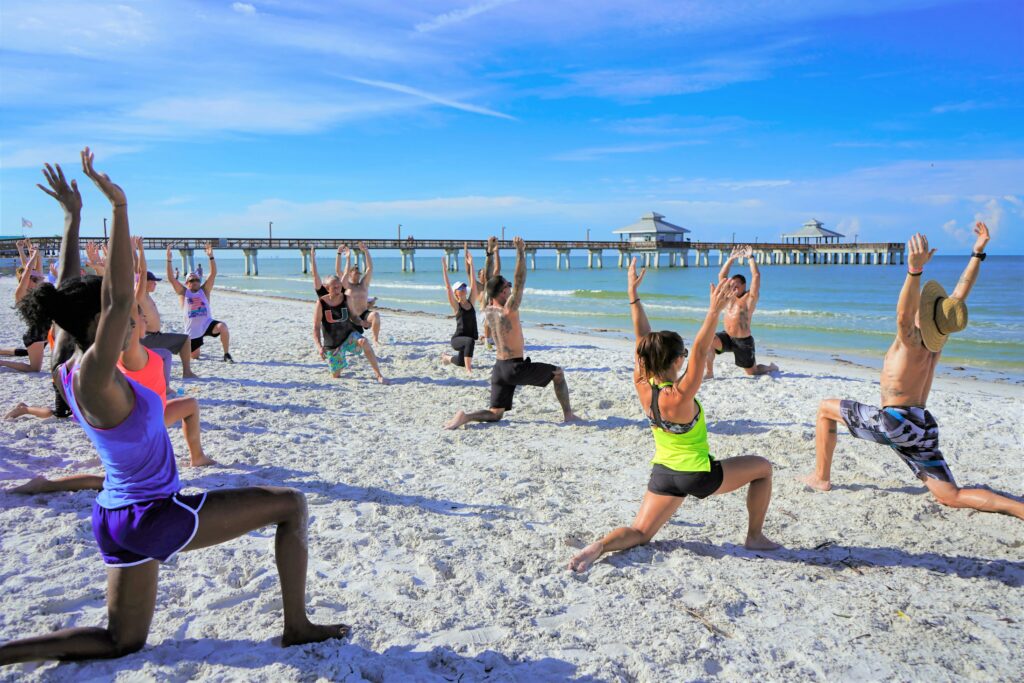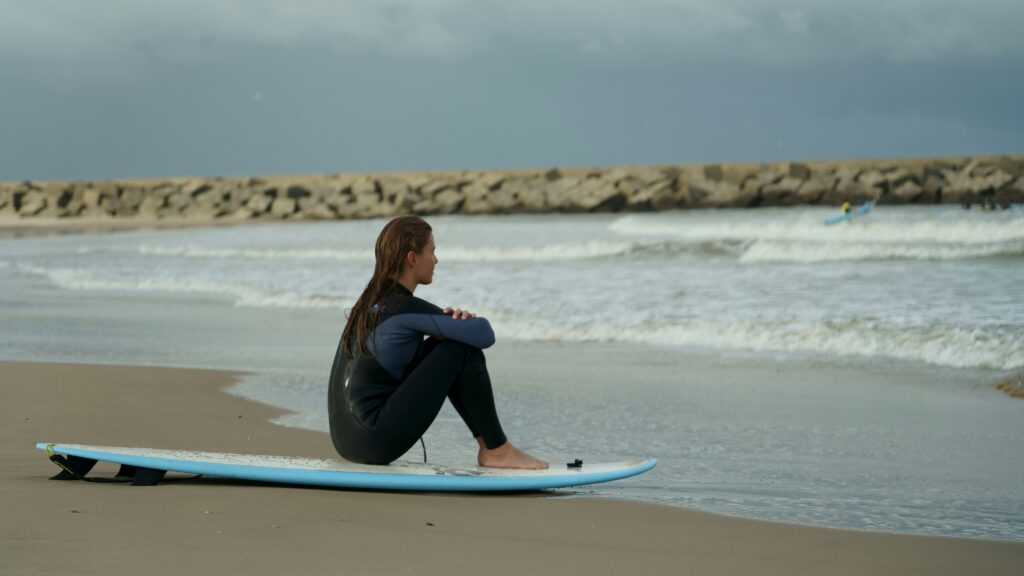Mention Mykonos and most people conjure the same images: whitewashed cube houses stacked like children’s blocks against shocking blue sky, the iconic row of windmills standing sentinel above Chora, beach clubs where champagne flows and DJs spin until dawn, celebrities arriving on yachts the size of apartment buildings. The island has cultivated a reputation as the Mediterranean’s premier party destination, the place where Europe’s beautiful people gather to see and be seen.
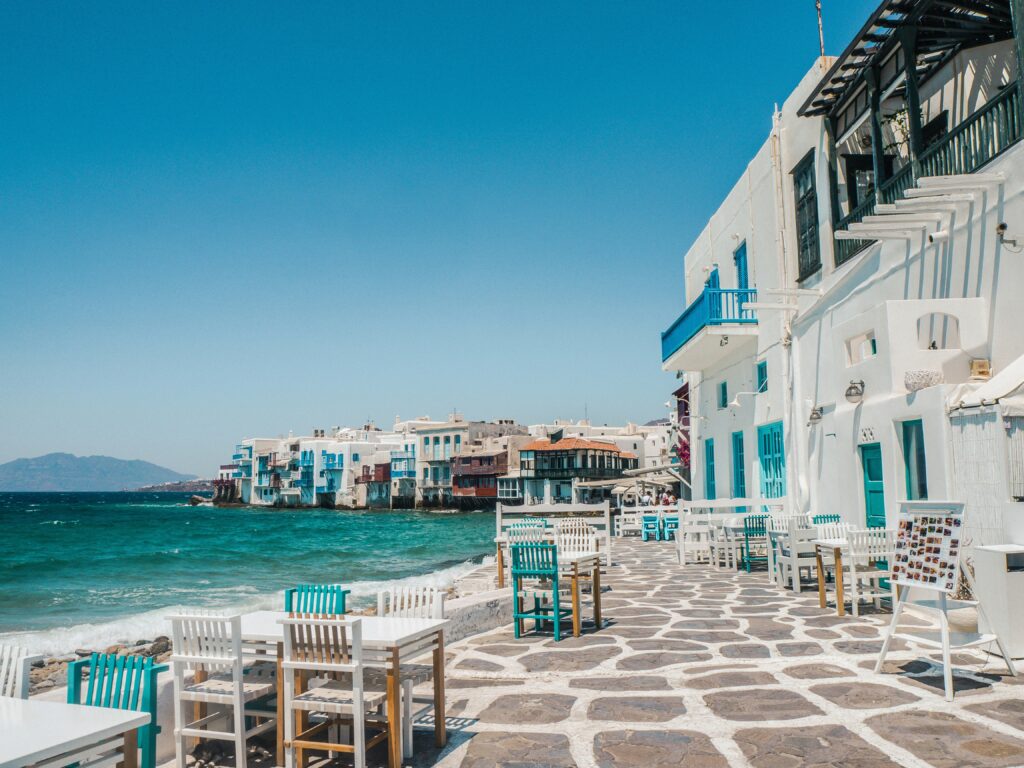
But Mykonos holds a secret that its party reputation obscures: beneath the glamour and noise, there’s an island of stark beauty, ancient sacred sites, and surprisingly profound quiet. The same dramatic light that attracts photographers also creates conditions for deepening spiritual practice. The same wind that’s powered those famous windmills for centuries teaches lessons about steadiness and flexibility. And the infrastructure built to serve luxury tourism—excellent hotels, sophisticated dining, easy accessibility—can also support exceptional wellness experiences for those who know where to look and when to visit.
Yoga retreats in Mykonos occupy this interesting space between worlds. They offer high-end accommodations, professional instruction, and amenities that rival any wellness destination globally, while also providing access to the raw Cycladic landscape and the contemplative energy that made these islands sacred to ancient Greeks. The key is understanding that Mykonos has multiple faces, and the island you experience depends entirely on timing, location, and intention.
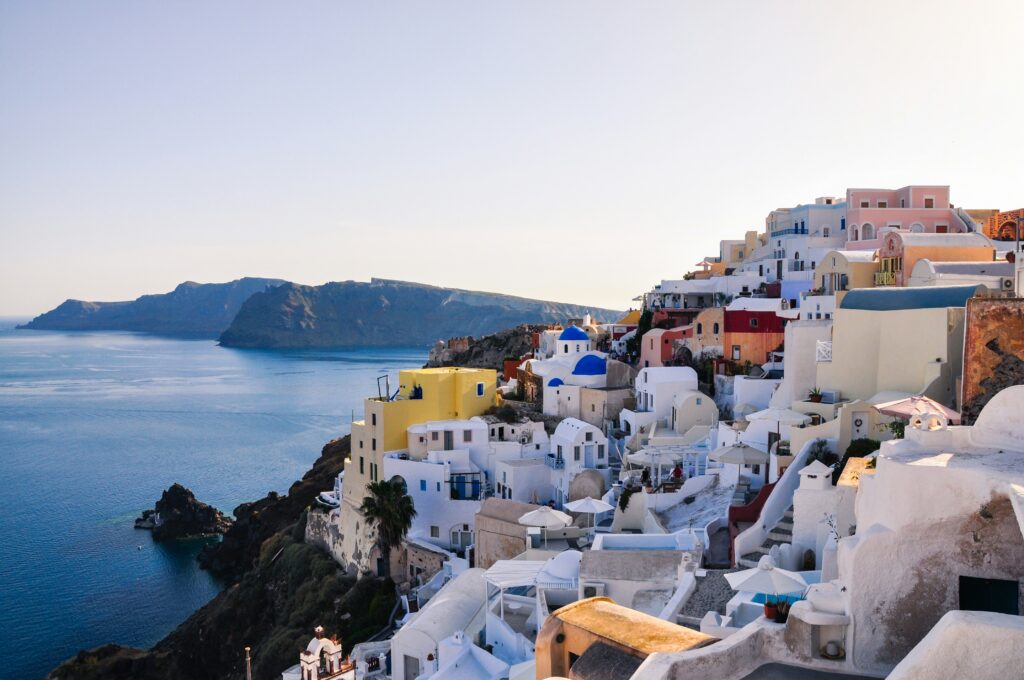
Beyond the Party: Mykonos’ Quiet Side
The Mykonos that wellness travelers seek exists primarily outside high summer and away from the famous beach clubs. Visit in May, June, September, or October, and you’ll discover an island transformed—still beautiful and well-appointed, but significantly calmer. The same beaches that pulse with music in July lie nearly empty in spring and autumn. The walking paths between beaches and villages that feel impossible in August become peaceful meditation routes. The quality of light that photographers prize reveals itself most dramatically in shoulder season, when dust hasn’t yet hazed the air and the sun sits at more dramatic angles.
Even during peak season, strategic location makes all the difference. While the town of Mykonos (Chora) and famous beaches like Paradise and Super Paradise maintain their party atmosphere, much of the island remains surprisingly serene. The northern coast, the inland areas, and certain southern beaches retain a sense of peace even in August. Yoga retreat properties understand this geography intimately, positioning themselves to offer sanctuary even when parts of the island buzz with activity.
It’s also worth understanding that Mykonos’ party reputation is relatively recent—a phenomenon primarily of the last few decades. Before that, this was a harsh, windswept island where fishing and farming provided precarious livelihoods. The barren landscape, lack of fresh water, and relentless Meltemi winds made life difficult. Those conditions haven’t changed; they’ve simply been reframed. What once challenged survival now challenges practice—teaching about impermanence, acceptance, and finding center despite external forces.
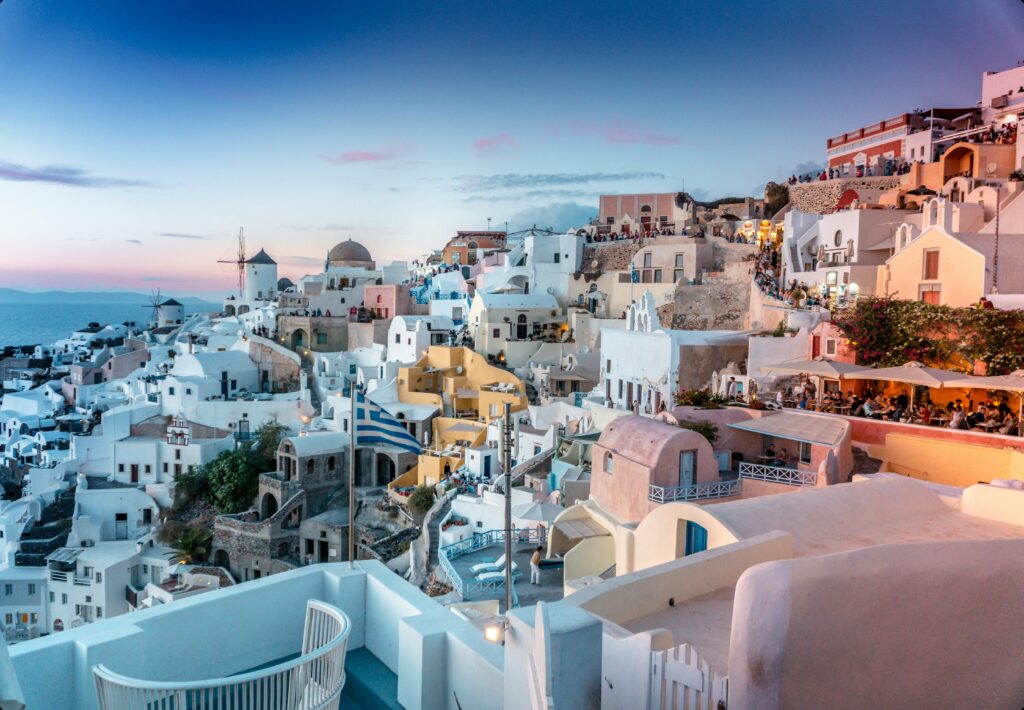
Luxury Wellness: The Mykonos Approach
Where Crete offers authenticity and Santorini provides drama, Mykonos delivers refined luxury. This is the island for yoga retreats that don’t ask you to sacrifice comfort for spiritual practice, that understand wellness can include excellent linens, beautiful design, and food that’s both nutritious and delicious. The hotels and retreat centers here have learned from decades of serving discerning international travelers, and that expertise shows in every detail.
Typical retreat accommodations occupy boutique hotels or private villas with infinity pools overlooking the Aegean, spa facilities offering everything from hot stone massage to cryotherapy, yoga studios with floor-to-ceiling windows and state-of-the-art sound systems, and rooms designed by people who understand that aesthetics affect wellbeing. Expect crisp white linens, locally made toiletries, fresh flowers daily, and the kind of thoughtful touches—a bottle of local herb tea in your room, organic snacks, blackout curtains for restorative sleep—that distinguish truly excellent hospitality.
The cuisine at Mykonos retreats reflects the island’s cosmopolitan character. While you’ll certainly encounter traditional Greek dishes prepared with local ingredients, menus often incorporate broader Mediterranean and international wellness food trends. Think smoothie bowls with acai and local honey, Greek salads deconstructed into art, fish prepared with Asian-inspired marinades, desserts that are vegan yet somehow indulgent. The island’s restaurant scene has attracted talented chefs from around the world, and retreat centers benefit from this culinary sophistication.
Service here tends toward professional and polished rather than rustic and familial. Staff are trained in hospitality rather than simply extending traditional Greek filoxenia—both are valuable, but they feel different. You’ll be well cared for, your preferences remembered, your needs anticipated, but with a slight formality that maintains boundaries. This appeals to travelers who prefer not to become deeply enmeshed with hosts and other guests, who value privacy and efficiency alongside warmth.
Yoga Styles and Program Structure
Mykonos retreats tend toward contemporary yoga styles and wellness programming that reflects current trends in the international yoga community. Vinyasa flow, power yoga, yin and restorative practices, along with complementary offerings like Pilates, barre, and various meditation techniques are common. Instruction often comes from internationally recognized teachers who bring diverse training backgrounds—Ashtanga lineages mixed with alignment-based approaches, pranayama techniques blended with modern breathwork, traditional meditation alongside contemporary mindfulness practices.
Many retreats here operate on a more flexible structure than you might find on other islands. Rather than a single daily schedule for all participants, you might choose from multiple class offerings, select which workshops interest you, and customize your experience. This appeals to experienced practitioners who know what they need and to travelers combining retreat time with other activities—perhaps spending mornings in practice and afternoons exploring the island or relaxing at the pool.
A typical day at a Mykonos yoga retreat might look like this: Morning practice happens early, before the heat builds and while the light is still soft—perhaps a vigorous Vinyasa flow to build heat and energy for the day ahead. Breakfast is served afterward, often on terraces with sea views, featuring Greek yogurt parfaits, freshly baked bread, local cheese and honey, tropical fruits, and excellent coffee.
Midday offers options rather than prescribed activities. You might book a massage at the spa, lounge by the infinity pool with a book, take the hotel’s shuttle to a nearby beach, or simply rest in your room. Some programs include optional workshops—on philosophy, anatomy, meditation techniques, or Greek culture—while others leave the time completely free. This flexibility assumes participants are self-directed and know how to structure downtime meaningfully.
Late afternoon brings another practice, often more restorative than morning sessions. As evening approaches, you might have sunset meditation on the terrace, followed by dinner—sometimes communal at the retreat center, sometimes with freedom to explore the island’s restaurant scene. The social atmosphere tends toward sophisticated rather than intimate; you’ll make connections with other guests, but there’s less emphasis on forced community building than at smaller, more rustic retreats.
The Wind: Mykonos’ Most Challenging Teacher
No discussion of Mykonos yoga practice is complete without addressing the Meltemi—the strong northerly wind that sweeps across the Aegean through summer months, particularly July and August. This isn’t a gentle breeze; it’s a powerful, consistent force that can reach 40-50 kilometers per hour or more, making outdoor practice challenging and teaching profound lessons about steadiness, adaptability, and the relationship between effort and ease.
Practicing yoga in strong wind requires you to engage your core more actively, to find your foundation more precisely, to accept that some poses simply won’t happen the way they would in still air. Tree pose becomes an advanced balance challenge. Any inversion risks becoming unintentional flight. Even mountain pose demands attention and engagement. It’s frustrating and humbling and, ultimately, valuable—a reminder that practice isn’t about achieving perfect external forms but about meeting present circumstances with awareness and skillful response.
Most retreat centers have contingency plans for wind—indoor studios with good ventilation, protected courtyards, flexible scheduling that moves practice to calmer morning or evening hours. Some teachers embrace the wind as part of the Mykonos experience, incorporating it deliberately into practice and using it as a teaching tool. The question isn’t whether the wind will blow, but whether you can find your center while it does. In this sense, Mykonos offers practice conditions you won’t find anywhere else—challenging in ways that gym studios and calm retreat centers simply aren’t.
Best Time to Visit Mykonos for Yoga Retreats
Timing is perhaps more crucial in Mykonos than any other Greek island, given the dramatic seasonal shifts in both atmosphere and price.
May and early June: These weeks offer ideal retreat conditions—warm days (22-26°C), swimmable seas (19-22°C), minimal crowds, and the island in full bloom after spring rains. The Meltemi hasn’t yet established its summer dominance, so wind is manageable. Hotels and restaurants are fully operational but not overwhelmed. This is prime time for yoga retreats, offering the best balance of weather, accessibility, and calm. Book several months ahead, as May and June fill quickly among those who know.
Late June and July: Summer arrives with guaranteed sunshine, longer days (sunset after 9pm), and warming seas (23-25°C). Early in this period, the energy feels festive rather than frantic. Late July sees the party season begin in earnest—crowds arrive, prices spike, and certain areas become quite loud. For retreat purposes, the first three weeks of July are significantly better than the last. The Meltemi begins establishing itself, bringing strong afternoon winds that affect outdoor practice.
August: Peak season in every sense—maximum tourism, highest prices, most intense party atmosphere, and strongest winds. Daily average temperatures reach 27-29°C but feel hotter with sun exposure. The sea warms to 24-26°C. If you retreat in August, choose your location and property carefully. Northern coast areas are slightly cooler and less wind-exposed. Retreat centers with good indoor facilities and flexible scheduling cope better with heat and wind. Some people love August’s vibrant energy and don’t mind sharing the island; others find it overwhelming. You’re essentially paying premium prices for less-than-ideal retreat conditions, but excellent weather for swimming and the full Mykonos experience.
September: Many consider this the sweet spot. The party crowds have largely departed after August’s final weekend, but weather remains excellent—still warm (24-27°C), calm seas (23-25°C), and the Meltemi begins calming. The island feels like it exhales, relaxing back into itself. Locals are friendlier, having survived another intense summer. Restaurant quality often improves as chefs stop serving mass tourism and start cooking with more care again. Early September is particularly lovely, retaining summer conditions with far fewer people. Book in advance, as this is increasingly popular among knowledgeable travelers.
October: Extending into autumn, October offers a different kind of beauty. Days remain warm (20-24°C) and the sea stays swimmable (20-22°C) through mid-month. The light takes on a golden quality. Many hotels and restaurants close for the season, but enough remain open that you don’t feel isolated. This is the time for quiet, introspective retreats, for travelers who want Mykonos almost to themselves. Weather becomes more variable with possibility of rain, and ferry schedules reduce, but the trade-offs appeal to those seeking solitude and authenticity.
November through April: Most of the island effectively closes, though a handful of hotels and restaurants remain open year-round. Winter Mykonos is dramatically different—often rainy and windy, with rough seas and genuinely cold temperatures. A few retreat centers operate in winter for those drawn to complete solitude and the raw beauty of the Cyclades in storm season, but this is definitely not for everyone.
Getting to and Around Mykonos
Mykonos has an international airport (JMK) with extensive seasonal service from across Europe from April through October, and year-round connections through Athens. Flight time from Athens is approximately 40 minutes. The airport is small and can feel chaotic during peak season, but the short distance to most hotels (10-20 minutes) means you’re settled quickly.
Ferries connect Mykonos to Athens’ ports (Piraeus and Rafina), other Cycladic islands, and Crete. High-speed boats from Athens take 2.5-3 hours, conventional ferries 4-5 hours. The ferry is actually a lovely way to arrive, watching the Cyclades appear and disappear, the anticipation building as you approach.
Most retreat centers arrange airport or port pickup. Getting around the island requires either taxis, rental car or scooter, or the local bus system which is surprisingly functional in summer (less so in shoulder season). Many retreat properties offer shuttles to beaches and town. The island is small enough—just 85 square kilometers—that nowhere is more than 20 minutes from anywhere else, though narrow roads can create traffic during high season.
What to Expect: Costs and Practical Details
Mykonos is not a budget destination—it rivals Santorini as Greece’s most expensive island. Yoga retreat packages typically range from €1,500 to €3,500+ for a week, depending on accommodation category, season, and inclusions. Peak season (July-August) commands significant premiums, while shoulder season offers better value for equivalent quality.
Most packages include accommodation, daily yoga classes, some meals (breakfast typically, sometimes dinner), and access to hotel facilities. Excluded are usually some meals, alcohol, spa treatments, and optional excursions. All-inclusive packages exist at the higher end, covering everything including alcohol and extensive spa services.
The cost reflects not just luxury but logistics—everything on this dry, barren island must be imported, from fresh water to building materials to food. You’re paying for the infrastructure that makes comfort possible in an inherently challenging environment. Whether the expense is justified depends on your values and budget, but understand that you’re getting professionally delivered wellness experiences in one of the Mediterranean’s most sophisticated tourism destinations.
Is Mykonos Right for Your Yoga Retreat?
Mykonos works beautifully for travelers who value excellent service and amenities, who want their yoga practice supported by luxury rather than rustic simplicity, who appreciate sophisticated environments and culinary scenes, and who can afford premium pricing. It’s ideal for those seeking privacy and flexibility in their retreat structure, for experienced practitioners who know what they need and don’t require hand-holding, and for people combining wellness with other activities (the island offers excellent restaurants, nightlife, shopping, and cultural sites for those who want options).
This is also a good choice for groups with diverse interests—perhaps some people want intensive yoga while others prefer gentle practice, beach time, and exploration. Mykonos’ flexibility accommodates different agendas better than more structured retreat settings. And for those who do want to experience the famous party scene, retreats here can provide the balance of wellness and celebration—morning practice to recover from evening adventures, if that’s your style.
Mykonos is not ideal for budget-conscious travelers, those seeking authentic rural Greek life, anyone wanting deep community building with other retreat participants, or people who prefer their wellness experiences separate from tourism infrastructure. It also challenges those who struggle with wind, heat, and the energy of a cosmopolitan resort destination. And it requires tolerance for seasonal crowds if you visit during summer months.
But if you’re drawn to places that embrace contradiction—wild nature and refined culture, ancient sacred sites and contemporary luxury, solitude and social energy—then Mykonos offers something uniquely compelling. Here you can practice sunrise yoga facing the same Aegean that Odysseus sailed, then have an exceptional lunch, get a massage using organic Greek products, and watch the sunset from a clifftop while sipping local wine. You can challenge yourself with strong practice in challenging wind conditions, then sink into a perfectly comfortable bed. You can feel simultaneously connected to timeless landscape and fully present in contemporary comfort.
The island teaches that these things aren’t oppositions but complements, that spiritual practice doesn’t require poverty or discomfort, that beauty and luxury can support rather than distract from inner work. Whether that resonates depends on your particular path and preferences. But for those it calls, Mykonos offers a yoga retreat experience that’s sophisticated, challenging, beautiful, and wholly its own.

